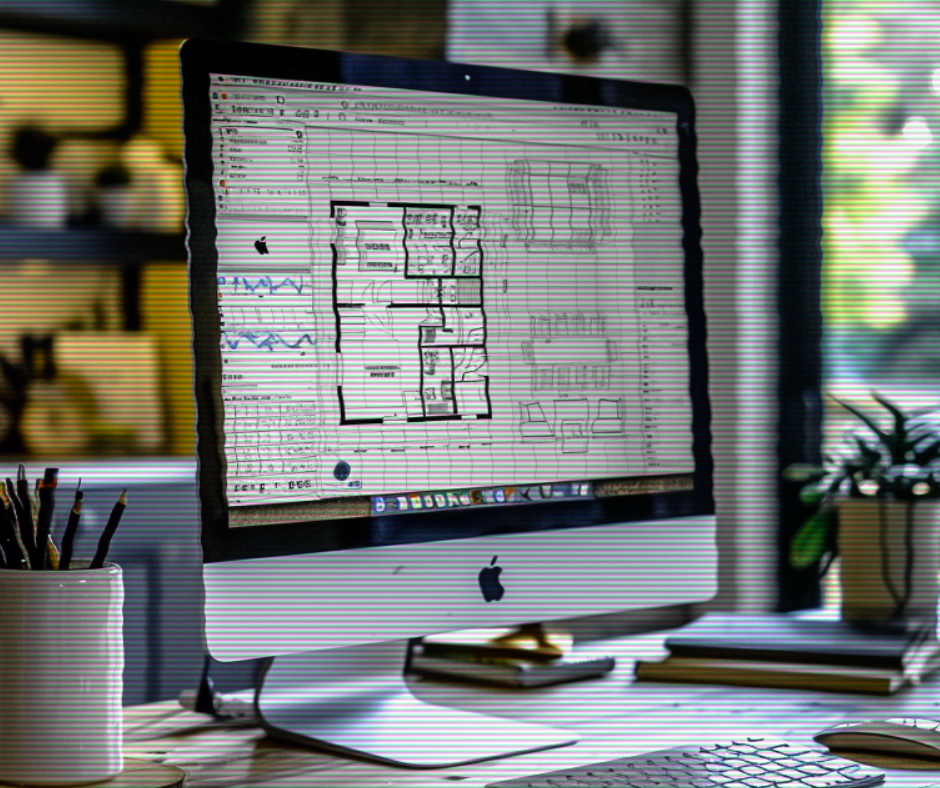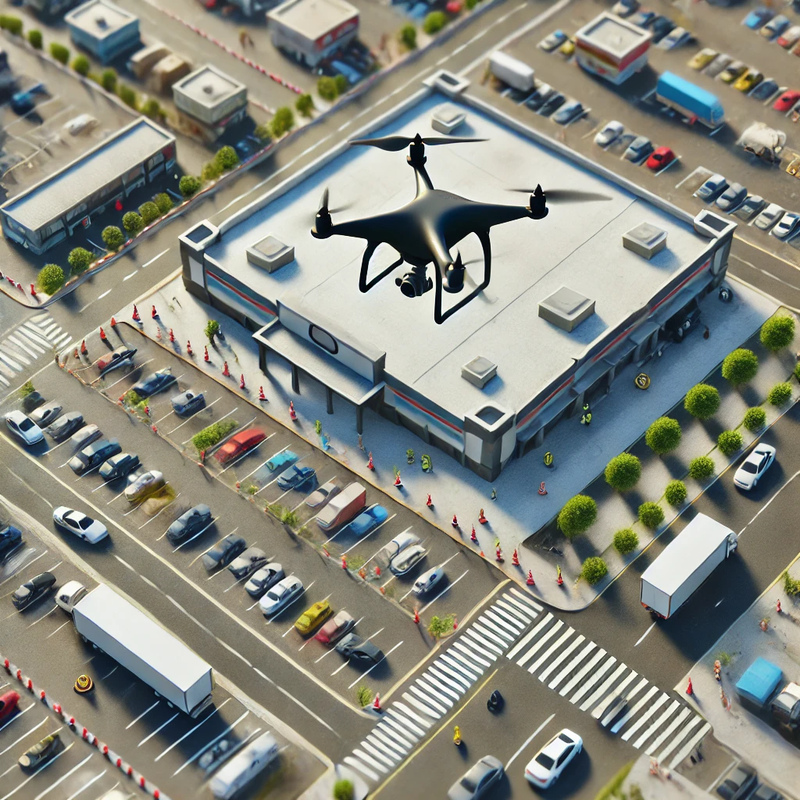
Robotic ImagingOctober 28, 2024
In the ever-evolving landscape of the Architecture, Engineering, and Construction (AEC) industry, staying abreast of the latest technological advancements is not just a matter of staying relevant — it's about leading the charge in innovation and efficiency. One of the most transformative technologies reshaping our industry is Light Detection and Ranging (LiDAR), especially when applied to laser scanning and scan-to-BIM services. Here's what you need to know about the latest LiDAR advancements and how they're revolutionizing the AEC industry.
LiDAR technology has come a long way from its initial applications, with recent advancements opening up new avenues for precision, efficiency, and cost-effectiveness in project planning and execution. Here are some of the latest trends and updates in LiDAR technology that are making waves in the AEC sector.
1. Enhanced Accuracy and Resolution
Recent developments in LiDAR technology have significantly improved both the accuracy and resolution of LiDAR scans. Enhanced algorithms and more sophisticated hardware are allowing for finer details to be captured, even in complex or difficult-to-reach areas. This is particularly beneficial for historical renovations and complex infrastructure projects where precision is paramount. The technology is also working toward improving data processing speeds. This data is used to create 3D models of the environment, which can be used for a variety of purposes including planning, design, and construction. The latest advancements in this technology have made it easier than ever before to process large amounts of data quickly and accurately. This means that project teams can spend less time on data processing and more time on analysis and decision-making.
2. Reduced Size and Increased Portability
The evolution of LiDAR equipment towards smaller, more portable devices is revolutionizing fieldwork. Today's devices can be easily operated by a single individual and are more accessible to AEC professionals. This portability does not come at the expense of capability; these compact units pack a powerful punch, offering detailed scans even in challenging environments. The shift towards smaller, portable LiDAR devices is transforming fieldwork by allowing single operators to gather high-quality scans efficiently, making them more accessible for AEC professionals. These compact devices maintain advanced capabilities, providing detailed data collection even in complex environments.
3. Integration with UAV Technology
The integration of LiDAR with Unmanned Aerial Vehicles (UAVs) or drones is perhaps one of the most significant advancements. This combination allows for rapid, comprehensive site surveys from the air, making it possible to gather data on large or inaccessible areas with ease. UAV-LiDAR integration is proving particularly valuable for large-scale infrastructure projects and environmental impact assessments, where extensive land areas require detailed examination.
Integrating LiDAR with UAVs has enabled rapid and thorough site surveys, especially for large or hard-to-reach areas, by capturing detailed data from the air. This advancement allows professionals to efficiently survey extensive land, making it invaluable for large-scale infrastructure projects and environmental assessments. UAV-LiDAR systems are revolutionizing data collection, offering a streamlined approach to capturing complex terrains and expansive sites.
4. Real-Time Data Processing
Advances in processing power and software algorithms now allow for real-time or near-real-time data processing. This means that AEC professionals can make quicker decisions based on the most current information available, significantly shortening project timelines and increasing agility in project management. Enhanced processing power and advanced software algorithms enable real-time data analysis, allowing AEC professionals to make faster, more informed decisions. This capability shortens project timelines and boosts agility, making project management more efficient and responsive.
5. Enhanced Integration with BIM Software
The seamless integration of LiDAR data with BIM software is perhaps the most impactful advancement for the AEC industry. Improved compatibility and data processing capabilities mean that LiDAR data can now be directly imported into BIM models, enhancing the accuracy of the models and providing invaluable insights during the planning and construction stages. This integration is central to the concept of Scan-to-BIM services, which are becoming an industry standard for project management and execution. Advanced software has been developed and now leverages AI and machine learning to automatically identify and extract key features from LiDAR data, such as walls, doors, and structural elements, reducing manual modeling time and increasing model precision. Additionally, with improved integration, BIM software can now immediately analyze LiDAR data for clashes or potential issues, providing early detection and allowing for rapid adjustments during the planning or construction phases.
The future of LiDAR technology in the AEC industry is bright, with ongoing research and development promising even more groundbreaking applications. As the technology becomes more accessible and integrated into standard practices, AEC professionals must stay informed and proficient in these new tools to remain competitive. LiDAR's ability to rapidly collect accurate, high-resolution data has the potential to transform every phase of a construction project, from initial surveys to final inspections. It heralds a new era of efficiency and precision in project planning, execution, and management. By embracing these technological advancements, AEC professionals can expect not only to enhance their capability and efficiency but also to redefine what's possible in the design and construction of our built environment.
Whether you're an experienced practitioner or new to the field, now is the time to explore how the latest LiDAR advancements can integrate into your workstreams. Embracing these technologies will not only enhance your service offering but also position you at the forefront of the AEC industry's technological evolution. Reach out to Robotic Imaging today for a free quote.

